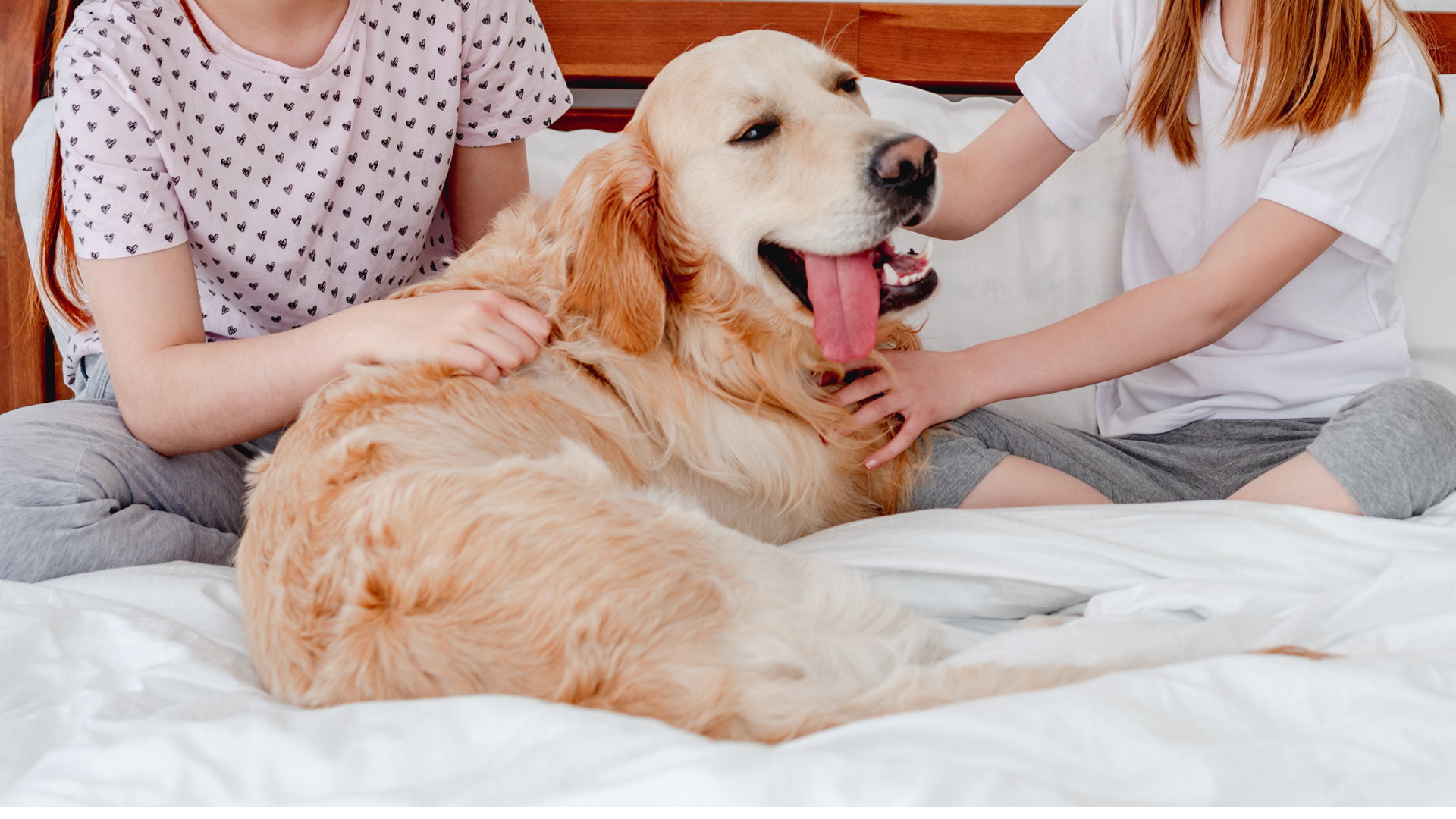What if the secret to happier, more active kids came with four paws and a wagging tail? Kids tend to move an extra 52 minutes a day when their household welcomes a dog. Imagine the pitter-patter of little feet chasing paws around the backyard—heartwarming chaos in motion.
Researchers in 2025 found our emotional bond with dogs mirrors that with children, bringing comfort without complicated drama. In a family home, a well-chosen large dog becomes more than a pet—it becomes a guardian, a playmate, a gentle shadow.
So, before you bring home a gentle giant, picture your child’s gleeful grin as they share giggles and cuddle offers. That’s the magic stage before the wagging tail meets tiny hands—an adventure in trust, love, and lifelong paws.
Best Large Dog Breeds for Families with Young Children
1. Saint Bernard
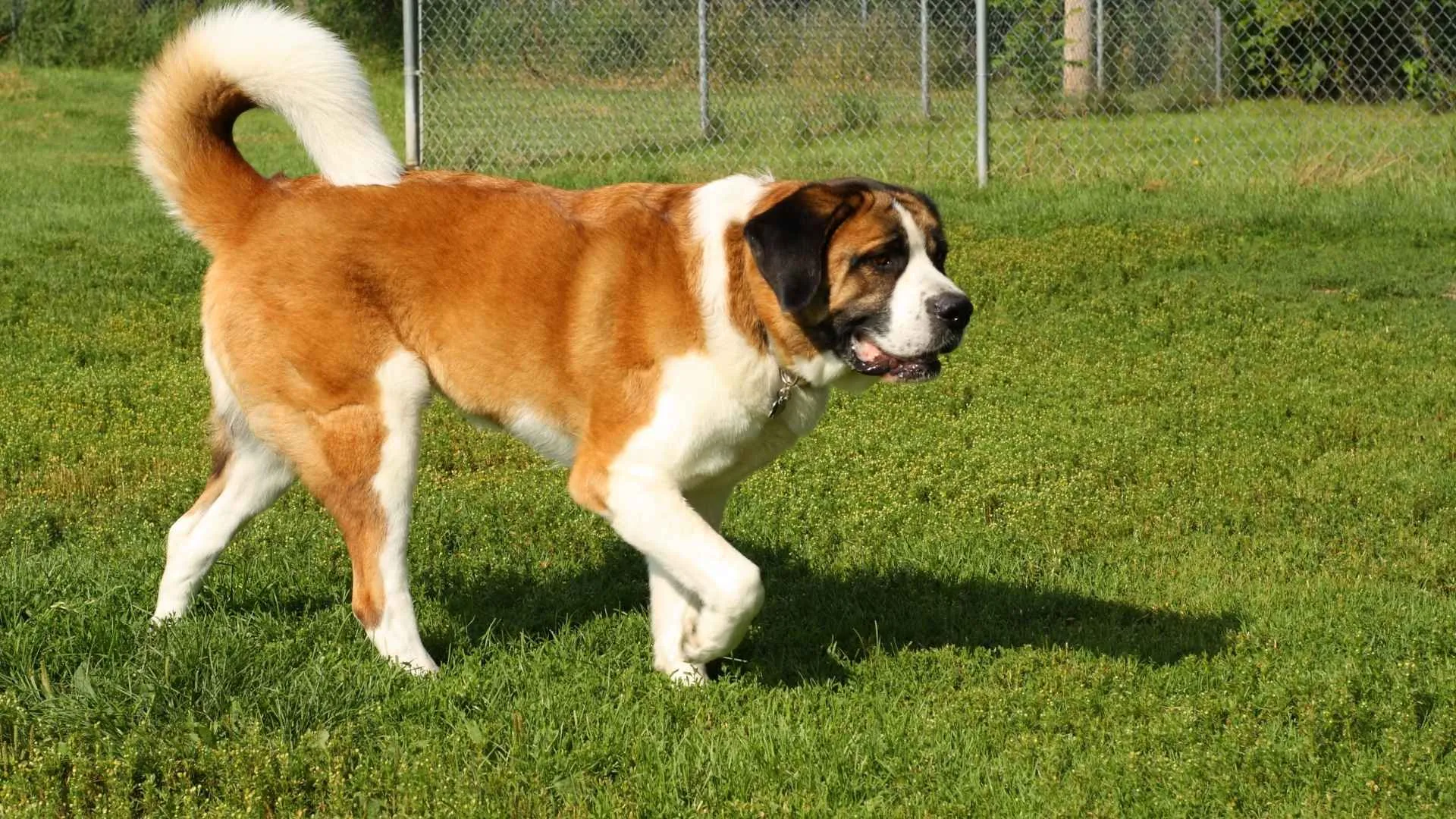
There’s a reason Saint Bernards are lovingly nicknamed “gentle giants.” Their calm patience and instinct to protect make them incredible companions for families with young children. Despite their massive size, these dogs are tenderhearted and often form strong, nurturing bonds with kids.
When introducing children to a Saint Bernard, teach them about respect—no tugging on ears or climbing on their backs.
While this breed is tolerant, boundaries are vital so the dog never feels overwhelmed. Encourage gentle petting, soft voices, and calm playtime so the relationship blossoms safely.
Nature: Loyal, affectionate, nurturing
Temperament: Calm, tolerant, protective
Energy Level: Moderate; enjoys play but loves lounging too
Socialization Needs: Early exposure to people and pets enhances their confidence
AKC warns that to should be aware if your Saint Bernard begins excessive drooling paired with anxious pacing or unusual growls. These may signal discomfort or a health concern—and with such a large breed, prompt attention is always wise.
2. Newfoundland
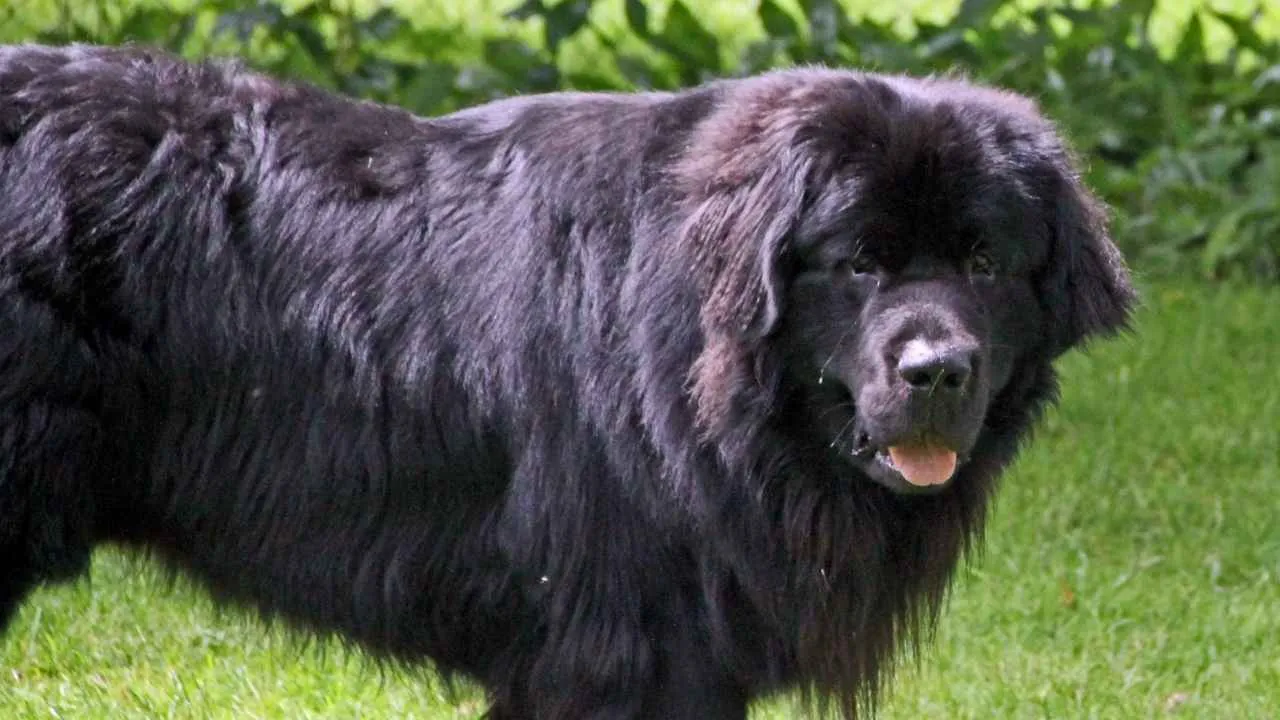
Newfoundlands are the babysitters of the dog world. Known as “nanny dogs,” they adore children and thrive in family homes where play and affection never run out.
Their patient demeanor makes them especially reassuring for parents seeking a safe, reliable companion for their little ones.
Children should learn that while Newfoundlands love hugs, they aren’t jungle gyms. Because of their heavy build, small kids should avoid leaning or climbing on them. Teach children to respect their space during mealtime, since even the gentlest pup deserves peace when eating.
Nature: Sweet-natured, gentle, devoted
Temperament: Protective but never aggressive
Energy Level: Low to moderate; perfect for calm households
Socialization Needs: Enjoys group activities and thrives around family
Warning signs include unusual lethargy or sudden disinterest in interaction—often subtle signals in this normally affectionate breed that something isn’t right.
3. Bernese Mountain Dog
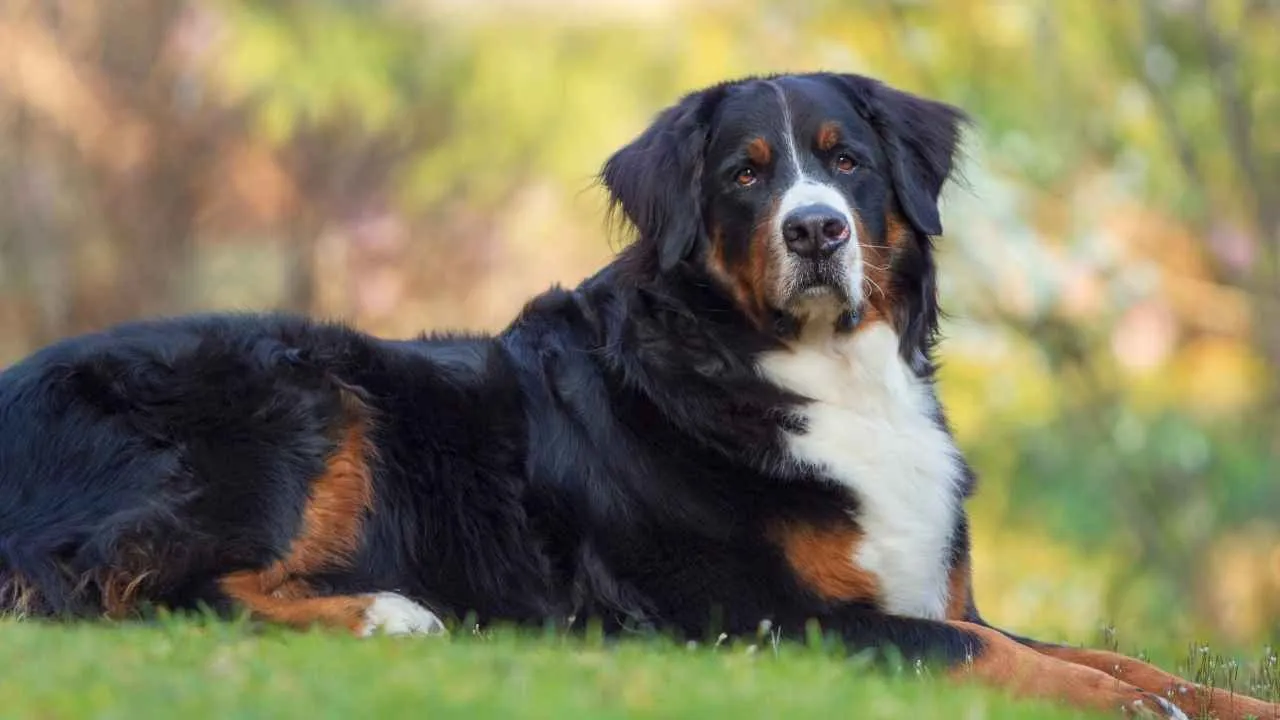
Imagine a dog that can both frolic in the snow with kids and then flop down for cuddles by the fire—meet the Bernese Mountain Dog.
Britannica adds that their balanced personality, cheerful nature, and loyalty make them one of the most cherished large family dogs. They bond closely with children, often shadowing them like furry bodyguards.
Teach children that Bernese dogs respond best to gentle encouragement rather than loud commands. Avoid pulling on their long, silky coats and ensure kids understand the importance of brushing as a bonding moment rather than rough play.
Nature: Cheerful, dependable, affectionate
Temperament: Steady, playful, family-oriented
Energy Level: Moderate; enjoys outdoor fun but also calm indoors
Socialization Needs: Loves groups and easily integrates with families
Pay attention to labored breathing, stiffness, or sudden limping. Given their size, these signals can indicate orthopedic issues that need immediate veterinary care.
4. Great Pyrenees
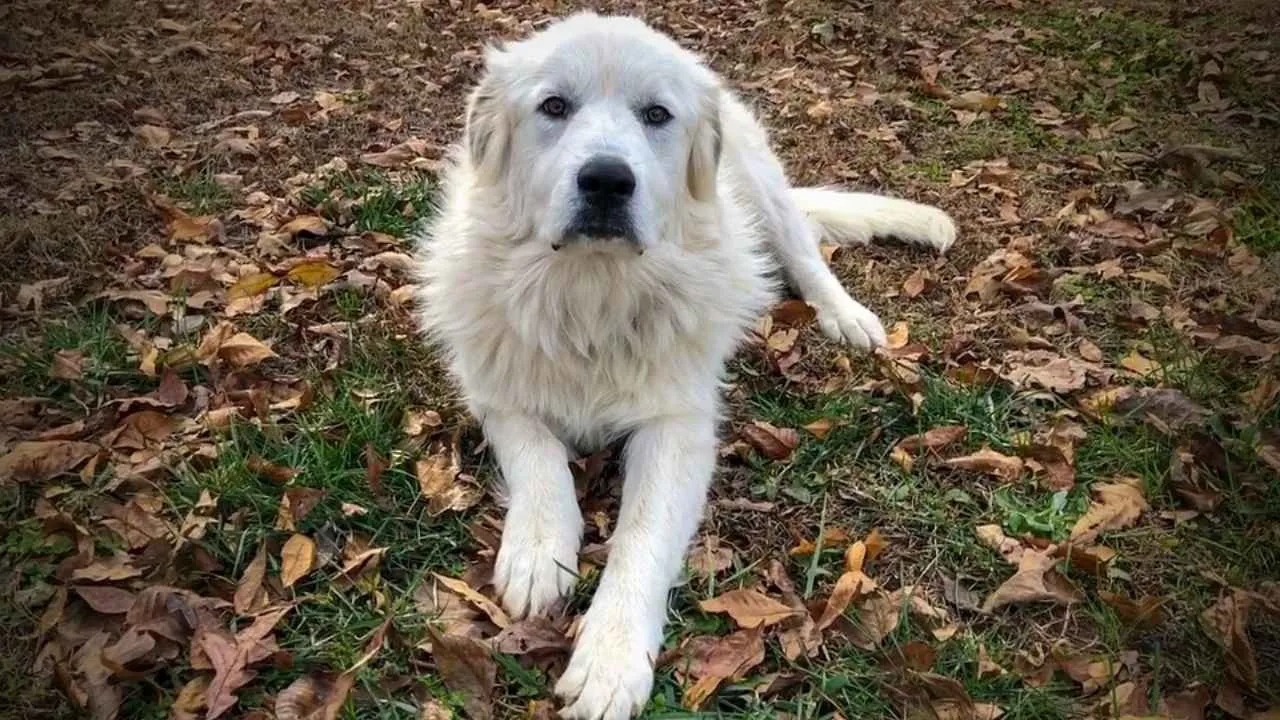
The Great Pyrenees brings guardian instincts wrapped in fluff. These majestic dogs are deeply protective of children and often serve as watchful companions, quietly ensuring their little humans are safe. Their calmness blends beautifully into a family environment where trust and security matter most.
Kids should be taught that Pyrenees need personal space when on “guard duty.” Encourage them to engage in calm interactions, avoiding games that might overexcite the dog when it’s focused on keeping watch.
Nature: Majestic, loyal, caring
Temperament: Independent yet nurturing
Energy Level: Low; prefers slow, steady exercise
Socialization Needs: Needs early training to avoid being overly territorial
Warning signs include obsessive barking, excessive pacing, or an uncharacteristic refusal to settle—signals that your gentle giant is stressed or perceives a threat.
5. Irish Setter
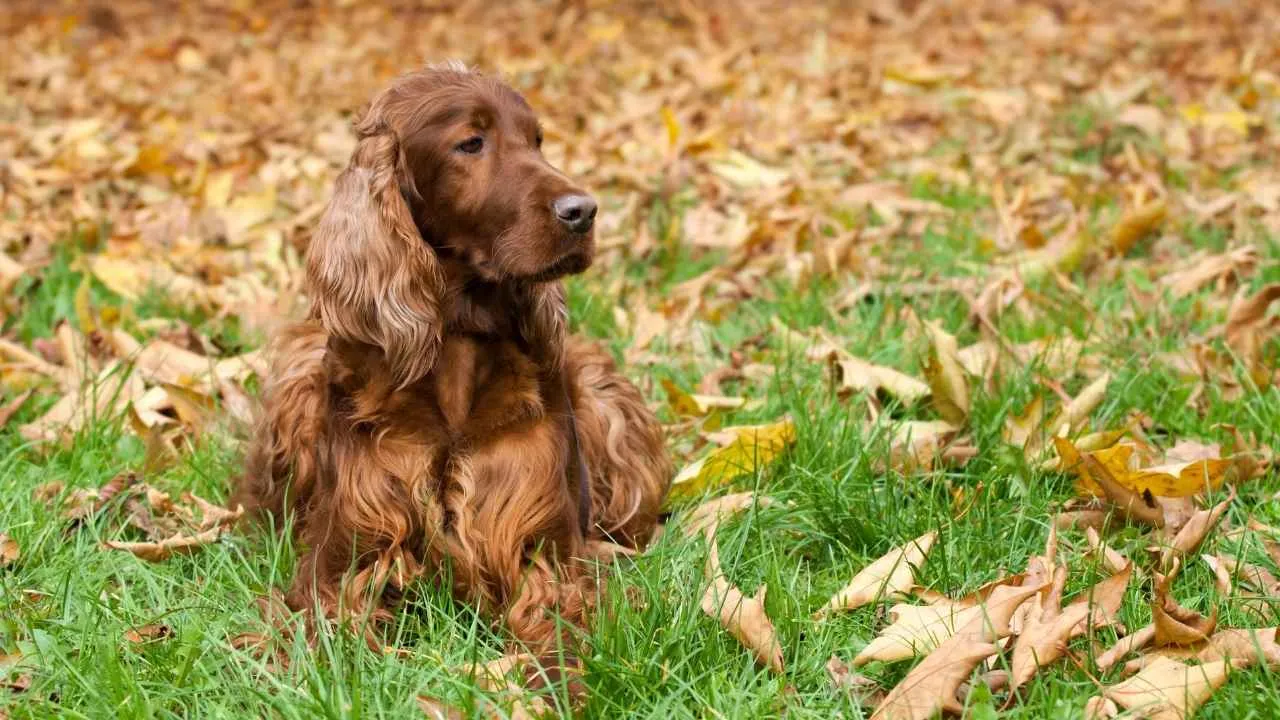
If joy had four legs and a wagging tail, it would look like the Irish Setter. Known for their boundless energy and goofy charm, these dogs thrive in active families with children who love to run, play, and explore. They turn every backyard into a playground, always ready for adventure.
Children should know that Irish Setters are easily excited and may jump with enthusiasm. Teach kids to stand still if the dog leaps and redirect its energy with toys or outdoor games. Rough handling or ear-pulling should always be discouraged.
Nature: Spirited, affectionate, adventurous
Temperament: Outgoing, fun-loving, highly social
Energy Level: High; needs daily activity and playtime
Socialization Needs: Benefits greatly from structured training and exposure to new environments
WebMD suggests that as a responsible dog owner, look out for hyperactivity that doesn’t ease with exercise or destructive chewing—this may signal restlessness or stress requiring more structured activity.
6. Irish Wolfhound
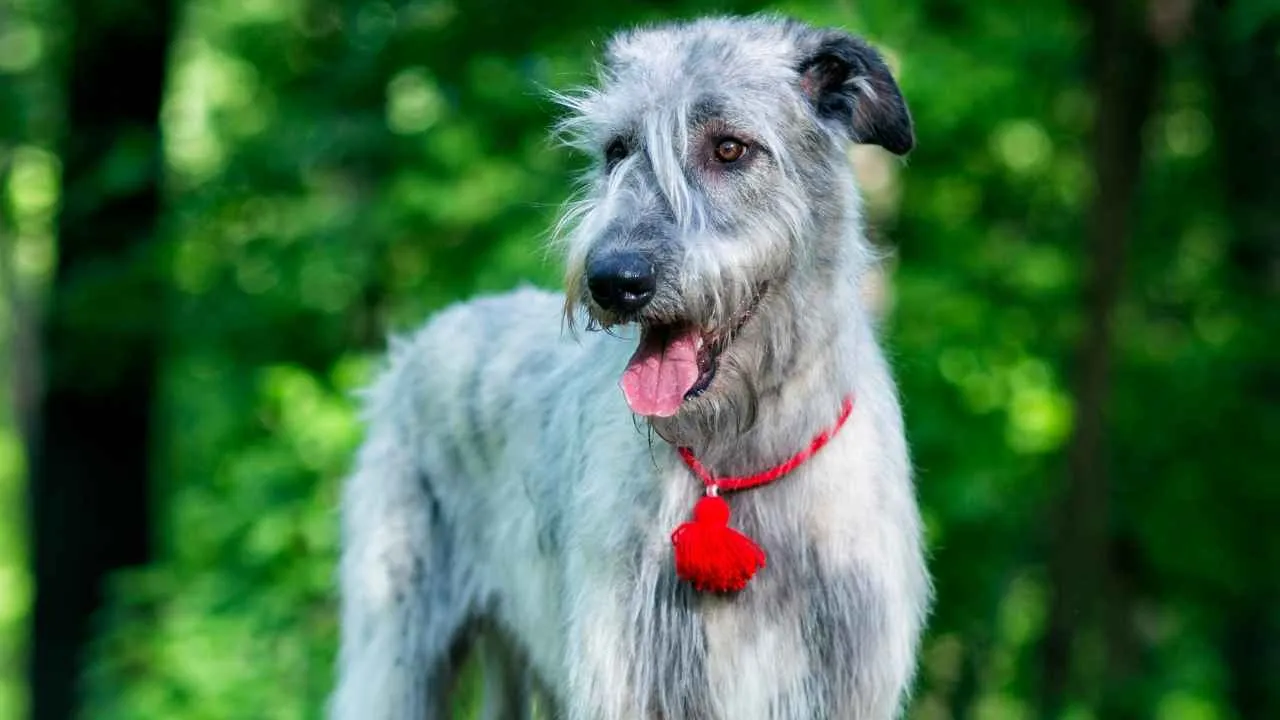
Towering yet tender, the Irish Wolfhound is the very definition of a gentle giant. Their calm, almost regal nature makes them incredibly trustworthy around children.
Instead of bouncing around, they prefer slow, steady companionship—perfect for families seeking a peaceful canine presence.
Children should be taught never to surprise a Wolfhound from behind or tug on their long, wiry coat. While patients, these sensitive dogs appreciate considerate interactions. Encourage quiet companionship, like reading next to the dog or gentle grooming sessions.
Nature: Gentle, noble, reserved
Temperament: Calm, tolerant, affectionate
Energy Level: Low; enjoys short walks and long naps
Socialization Needs: Early exposure builds confidence in their massive frame
Warning signs include sudden withdrawal or avoidance behaviors—uncommon in this people-oriented breed and often a red flag for pain or health issues.
7. Vizsla
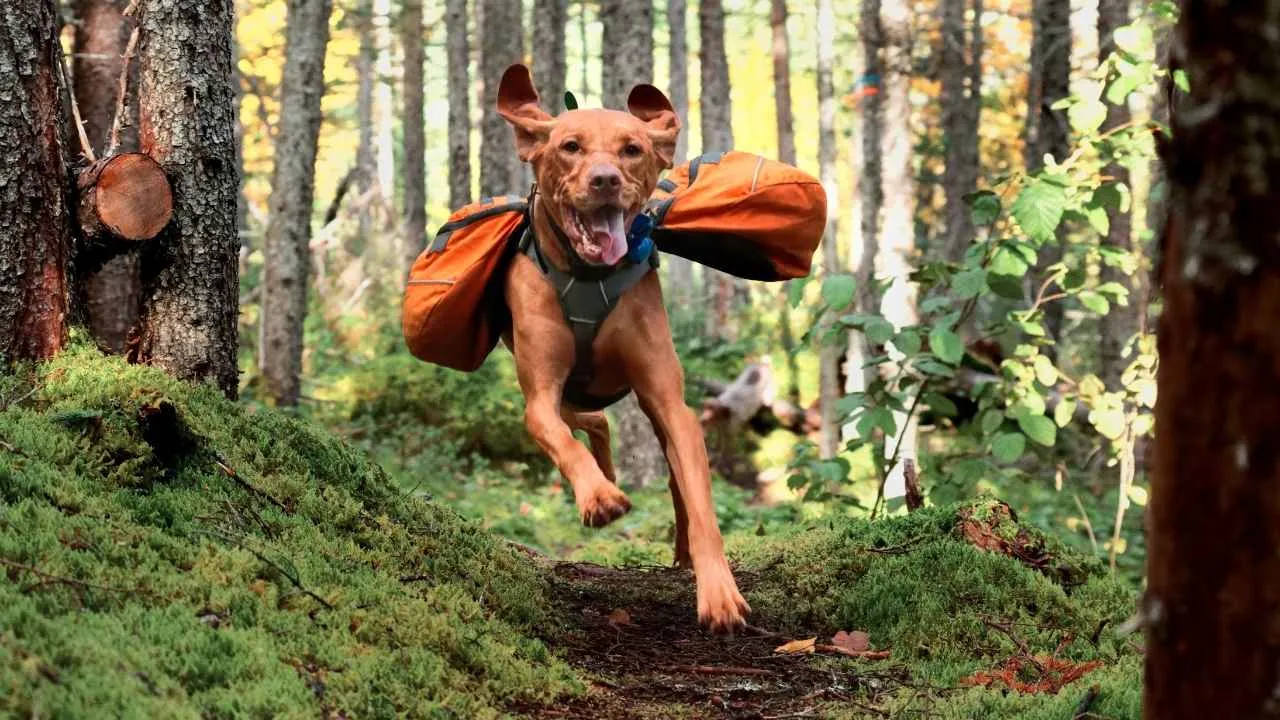
The Vizsla is the Velcro dog of the family world—forever glued to their humans, especially kids. They thrive in active households, matching children’s boundless energy step for step. Playful, eager, and affectionate, Vizslas make every day an outdoor adventure.
Children should understand that Vizslas crave gentle interaction and constant companionship. Leaving them alone for long periods can cause separation anxiety, so kids should be taught to include their dog in games, not ignore it.
Nature: Devoted, affectionate, energetic
Temperament: Cheerful, eager to please, deeply bonded
Energy Level: High; needs daily vigorous exercise
Socialization Needs: Loves interactive play and thrives with attention
If your Vizsla begins whining excessively, pacing, or destructively chewing, take it as a sign of emotional distress. This breed thrives on love and activity, and silence often means something is amiss.
FAQs
1. Are large dogs safe around toddlers?
Yes, most giant dog breeds are excellent family dogs when properly socialized and given adequate training. Their gentle nature often makes them great companions, but parents should always supervise interactions between toddlers and big dogs to keep both safe and happy.
2. What health considerations should families keep in mind when adopting a large breed?
Large dogs may be more prone to joint problems like hip dysplasia, heart issues, or other health problems linked to their imposing size and bulky bodies. Regular vet checkups, a balanced diet, and mindful exercise help keep them healthy and ensure a long, happy life with family members.
3. How can families ensure a smooth introduction between a large dog and young kids?
The key is positive attention, patience, and boundaries. Teach children to respect the dog’s space, avoid rough handling like pulling floppy ears, and reward calm interactions. This helps build trust, making your big dog a loyal companion and a safe addition to family activities.
Conclusion
At first glance, a giant dog might seem overwhelming, but with adequate training and positive attention, they quickly turn into excellent family dogs and loyal companions. Properly socialized, even their imposing size feels perfect for family activities with kids and loved ones.
Beyond gentle giants, other best dog breeds like the golden retriever, german shepherd, labrador retriever, great dane, australian shepherd, basset hound, standard poodle, and american staffordshire terrier also make suitable family pets. Many were originally bred as hunting dogs, working dogs, or even water rescue dogs, but today they’re cherished as family members.
Choosing the right big dog means thinking about life, house space, and health problems like hip dysplasia. Whether you turn to puppies or rescue dogs, the right direction leads to a loyal companion who fits right in with your family.
Thinking about bringing one home? Tell us which breed stole your heart!


